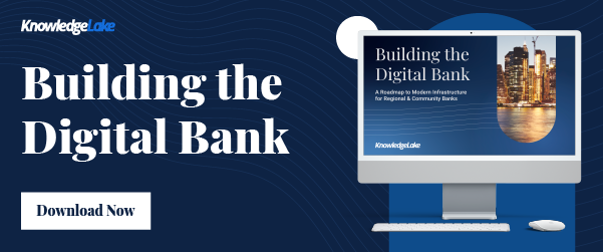Adopting and enhancing a SharePoint content management system
The enterprise content management (ECM) industry turned upside down when Microsoft released SharePoint, a platform-based and truly scalable solution for ECM. While there is no doubt that SharePoint ECM adoption is on the rise, the question of whether it provides a true enterprise content management capability continues to be a popular debate.
>>> Get It Now: The Complete Guide to SharePoint Online <<<
The Pros:
SharePoint is already deeply embedded within the workforce of organizations.
End users are already familiar with Microsoft. SharePoint has the same user experience as common Microsoft Office applications like Word and PowerPoint, so users feel comfortable adopting the familiar platform.
Since many organizations are already seeing the ease-of-use from their users, choosing SharePoint as an ECM platform is a no-brainer.
SharePoint content management is not new for a vast majority of companies.
Trying to start your own efforts to organize your SharePoint into a content management system is a daunting task. Luckily, there are many different companies and experts out there willing to point you in the right direction.
SharePoint as a platform is easy to configure to fit your needs.
Microsoft designed SharePoint with collaboration and content management in mind. So if there is ever a platform out there that is already robust, familiar to users and customizable, it’s SharePoint. The beauty of SharePoint is its many different options for collaborating and storing documents, meaning you can tailor it to fit your organization’s needs.
The Cons:
Setting up a SharePoint content management system is complex.
The same reasons organizations love SharePoint – simplicity, ease of use, improved collaboration – contribute to the platform’s common challenges, such as governance, taxonomy and scalability. In most cases, SharePoint needs a little help to meet the complex and ever-evolving objectives of today’s business world.
SharePoint can become the wild, wild west if you’re not too careful.
Some of the most common causes for disgruntled SharePoint end-users is that their platform suddenly became like the wild west. When users ignore or veer away from taxonomy and governance rules, information gets disorganized fast. Suddenly documents can be stored anywhere and everywhere.
Don’t let SharePoint become the wild, wild west by keeping up with taxonomy and governance.
The platform may not always be around.
For a while there, it seemed that SharePoint was dead and Microsoft would be ending it with the rise of Office 365. Luckily, those fears have dissipated with recent investments from Microsoft in the future of the platform. However, like all platforms, there is always a risk that it will go away before you’re ready.
Choose a SharePoint content management system.
We get it. Some of the cons for utilizing a SharePoint content management system may seem like too much to handle. But trust us, use the platform you’re already paying for, and you’ll really see why SharePoint shines in ECM.
Success starts with you and understanding your organization. KnowledgeLake is the expert in SharePoint content management, and we can help you find the right questions and information so you can begin to structure SharePoint for enterprise content management.
Want to learn more about SharePoint for enterprise document management (ECM)?
See Migrating to SharePoint Online and Scanning to SharePoint.

